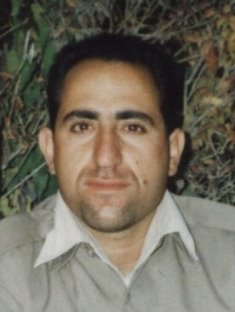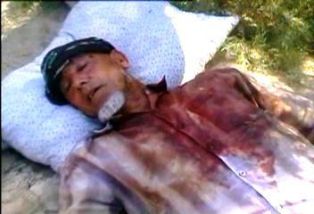VIENNA — The leaders of earthquake-prone Iran have rejected concerns by the country’s top scientists about a plan to build a national nuclear reactor network, according to intelligence shared with The Associated Press.
An official from a member nation of the International Atomic Energy Agency in Vienna says the Iranian decision was reached shortly after Japan’s March 11 earthquake and tsunami that crippled the Fukushima Daiichi nuclear complex, spewed radiation into the atmosphere, and evolved into the worst nuclear disaster since the 1986 Chernobyl catastrophe.
According to the official, key Iranian leaders reviewed a 2005 report on Iran’s southwestern Khuzestan Province — site of a planned nuclear plant near the town of Darkhovin on the northern tip of the Persian Gulf — that was updated in 2010 and early this year with a study of earthquakes that have hit other Iranian provinces in the last decade.
The official said yesterday that the report by Iranian scientists warns that “data collected since the year 2000 shows the incontrovertible risks of establishing nuclear sites in the proximity of fault lines’’ in Khuzestan and 19 other Iranian provinces.
The official, who asked for anonymity in exchange for divulging intelligence information, said the review was conducted by President Mahmoud Ahmadinejad, Iranian nuclear chief Fereidoun Abbasi, Saeed Jalili, secretary of the Supreme National Security Council, and the head of the Revolutionary Guard, General Mohammad Ali Jafari.
Despite the scientists’ warnings, the talk ended with instructions approved by Iran’s Supreme Leader Ayatollah Ali Khamenei to continue work on nuclear reactor designs. It was also decided to restrict access to the report, entitled “Geological Analysis and Seismic Activity in Khuzestan: Safety and Environment’’ by deleting it from computers at Tehran University’s Geographic Institute, the official said.
Beyond Darkhovin, Iran has not said where its other planned reactors would be built. But there are few places in the country that are not prone to earthquakes.
Iran is located in a zone of tectonic compression where the Arabian plate is moving into the Eurasian plate, leaving more than 90 percent of the country crisscrossed by seismic fault lines. The country has been rocked by hundreds of killer quakes over past centuries.
Iranian officials confirmed yesterday that Tehran remained committed to the reactor program.
“We have long-term programs for peaceful use of the nuclear knowledge; we continue various activities and this will develop the country,’’ said Ramin Mehmanparast, a Foreign Ministry spokesman.




























































No comments:
Post a Comment